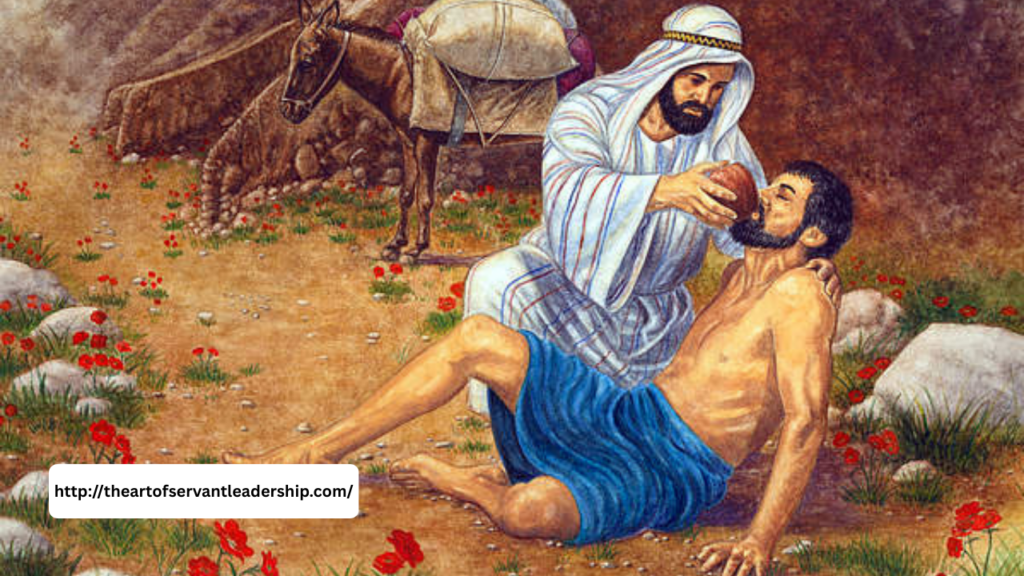
Pain is a universal human experience. Whether caused by loss, trauma, failure, or broken relationships, it leaves deep wounds. Yet, in the Christian faith, pain does not have to be the end of the story. God has a remarkable way of redeeming suffering and using it to bring about purpose. Through Christian support, the lost and hurting can find healing and discover how their pain can be transformed into something meaningful.
Finding God in the Midst of Pain
In moments of intense suffering, it may feel as though God is distant. However, Scripture assures us that He is near to the brokenhearted. Psalm 34:18 declares, “The Lord is close to the brokenhearted and saves those who are crushed in spirit.” God’s presence in our pain is a source of comfort and hope.
Jesus Himself experienced pain—physical, emotional, and spiritual. On the cross, He bore the weight of humanity’s suffering. Because of this, believers can trust that He understands their struggles. His resurrection shows that pain is not the end; through Him, new life is possible.
Purpose from Suffering
Romans 8:28 offers a powerful promise: “And we know that in all things God works for the good of those who love him, who have been called according to his purpose.” This doesn’t mean every pain is good, but it does mean God can bring good from it.
Many people who have faced significant hardship later find purpose in helping others navigate similar challenges. A person who has overcome addiction may become a counselor. Someone who has experienced loss may offer comfort to the grieving. These testimonies become powerful tools in the hands of God to bring healing to others.
The Role of Christian Support
Christian communities play a vital role in helping individuals turn pain into purpose. The early church modeled this support system by sharing resources, offering encouragement, and bearing each other’s burdens (Galatians 6:2).
Support may take many forms:
- Listening and Presence: Simply being there for someone who is hurting can be profoundly healing.
- Prayer and Spiritual Encouragement: Lifting others up in prayer and reminding them of God’s promises provides strength and hope.
- Mentoring and Testimonies: Sharing how God has worked through personal pain can inspire others to trust Him with their own stories.
- Practical Help: Offering meals, childcare, financial assistance, or transportation shows tangible love and care.
Turning Pain into Ministry
When pain is surrendered to God, it can become a powerful ministry. 2 Corinthians 1:3-4 speaks to this transformation: “Praise be to the God…who comforts us in all our troubles, so that we can comfort those in any trouble with the comfort we ourselves receive from God.”
Our wounds can become sources of wisdom. Our tears can water seeds of hope. By walking through pain with God and a supportive Christian community, we are not only healed but also empowered to help heal others.
Conclusion
Pain is real, but it is not wasted in God’s hands. Through faith and the love of Christian community, the lost and hurting can find purpose beyond their suffering. In turning pain into purpose, believers become beacons of God’s redemptive power—offering light to others still walking through the darkness.








